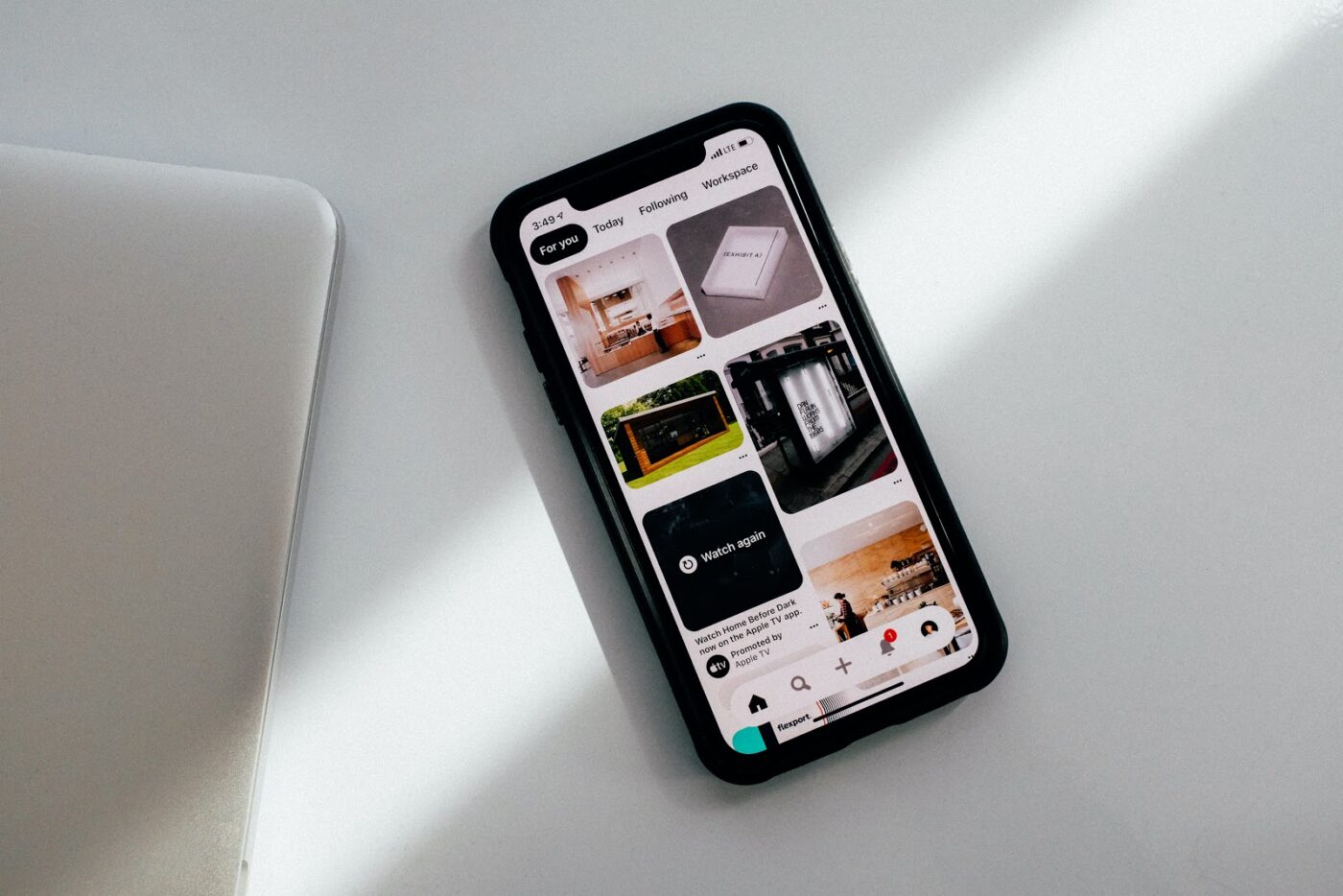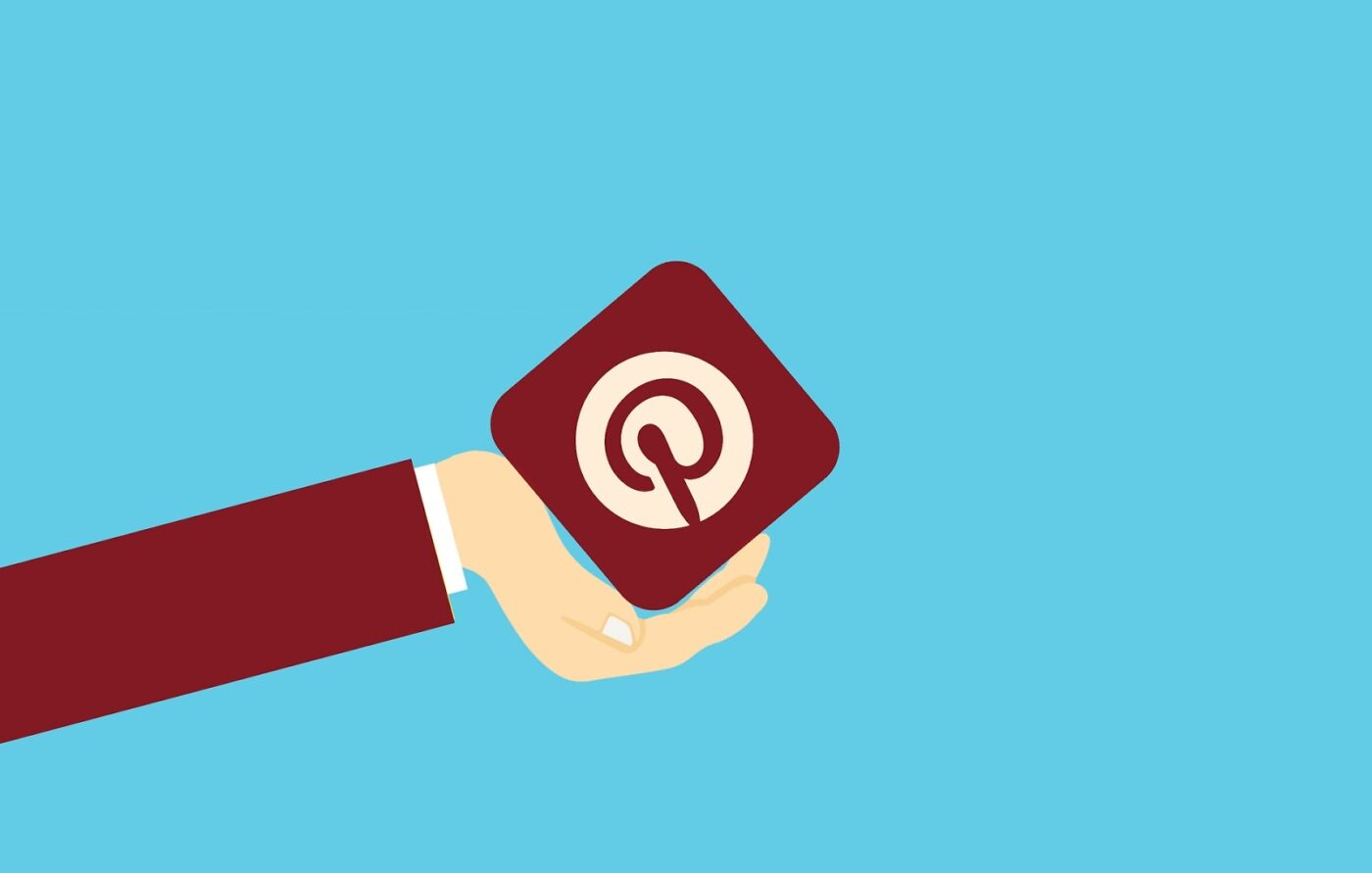Ace Pinterest advertising with our guide to all things promoted pin!
Boasting over 300 million active users per month, Pinterest has fast become one of the most popular social media platforms on the planet.
And it’s so much more than an online recipe folder or a virtual collage of home decor inspo. Pinterest is a powerful search engine and lucrative advertising channel that shouldn’t be overlooked!
Heaps of studies have shown that Pinterest ads are highly effective in helping businesses to achieve their goals. Maybe it’s because Promoted Pins reach interested, affluent audiences – most of whom are actively looking to purchase new products and services.
In fact, 87% of Pinterest users have bought a product after seeing it on the network, and these ‘Pinners’ tend to spend up to 29% more than non-Pinners when shopping!
So, whether the aim is to build brand awareness, generate website leads or boost e-commerce sales, Pinterest advertising is likely to be a very smart social media marketing strategy for your business.
New to the Pinterest world? This comprehensive guide to Pinterest advertising will take you through everything from setting up a business account to analysing ad performance.

Why is Pinterest advertising so effective?
Lasting Reach
Pinterest ads give digital marketers a massive opportunity to drive brand awareness and consideration. Thanks to its winning visuals, a Pin is up to 100x more spreadable than a Tweet. What’s more, the half-life of each Pin is an impressive 3.5 months (compare that to a Facebook post’s 90 minutes!). That means your ad will have a wide, lasting reach to relevant audiences.
Open-Minded Audiences
Pinterest ads access users in the early stages of their consumer journeys – 93% of Pinners use the platform to plan purchases and 96% browse its boards for product research. Basically, most people on Pinterest are in the shopping mindset, welcoming purchase inspiration from Promoted Pins!
This early engagement works: 98% of Pinners have tried new products or services they discovered on Pinterest, compared to 71% of users on other social networks. With most Pinterest searches being unbranded, Pinners welcome novel brands and their offerings.
Valuable Leads
On average, Pinterest users have a 9% higher income than non-Pinners. Pinterest has a higher density of users earning over $75k per year than any other social network, with 40% of Pinners reporting an annual household income above $100k. All in all, if you’re looking to target users with some serious purchasing power, Pinterest may be your answer.
e-Commerce Gold
Based on all of the above data, it’s safe to say that Pinterest is a conversion catalyst for online retailers. Not to mention the well-known finding that images boost e-commerce sales. Given that Pinterest is a network rooted in visual appeal, it’s the perfect platform for driving buyer action – particularly amongst affluent females and millennials.
But it’s not only awesome for online businesses – 72% of Pinners use this visual search engine to determine in-person purchases.

How to Set Up a Pinterest Business Account
Before you can share any Pinterest ads, you’ll need to create a business account.
If you have already have a personal account:
- Log into your personal account
- Go to pinterest.com/business/convert/ and enter your business’ email address
- Build your business profile, including its business type, logo and bio
If you need to set up a new account from scratch:
- Select “create a business account” on the Pinterest home page
- Enter the required details, including your business’ email address, password and name
- Fill in your business profile and agree to the T&Cs
- Create a business board before adding any Promoted Pins
How to create a Pinterest ad
-
Install the Pinterest Tag in your site’s HTML code.
This will measure how well each campaign drives traffic to your site. The tag will track onsite events and conversions, measure campaign performance and build new audiences for your next campaign.
-
Select your campaign goal.
This will determine available ad formats and bidding options. There are four objectives to choose from:
- Get website traffic (pay-per click),
- Build brand awareness (pay per 1,000 impressions)
- Increase app installs (pay per install or pay per click)
- Build awareness with video views (pay per 1,000 impressions)
-
Set your campaign budget.
This includes your daily and lifetime spend limits.
-
Build your ad group, with its own budget and targeting.
Plan to create two to four Promoted Pins within this ad group.
-
Select your target audience.
This will be based on parameters like language, location, gender and device.
-
Select your ad placement.
Choose the all placements default if possible given your budget. Alternatively, select ‘Browse placements’ if your focus is on interest targeting. The ad will appear in a user’s home feed and related pins section. The final option is ‘Search result placements’, which is best if your focus is on keyword targeting.
-
Add interest and keyword targeting to improve reach and engagement.
For top results, include 25 keywords. Make sure to format keywords for broad match (keyword), phrase match (‘‘keyword’’), or exact match ([keyword]). Lastly, add negative keywords to exclude specific search terms.
-
Determine your ad group’s delivery schedule and budget.
This includes both daily and lifetime.
-
Set your target CPM rate.
Or the maximum amount you’re willing to bid for your Pinterest ads.
-
Set your pacing.
Standard pacing adjusts your bids to the total spend and campaign duration.
Accelerated pacing spends your budget faster, possibly before your campaign end date but never over your daily or total budget limits. -
Create new Pins or pick existing Pins to add to your ad group.
These Pins must be saved to your business profile (but not in secret boards!), have full-length destination URLs and not include third-party videos or GIFs.
Pinterest ad types
Promoted Pins
Campaign objective: Brand awareness
Users will find a Promoted Pin in the home feed and search results, similarly to a standard Pin but boosted and targeted for greater reach! Apart from its “Promoted” label, it looks and functions just like a regular Pin – save it, share it, and comment on it. Or click on it to go straight to the advertised landing page.
Once shared, a Promoted Pin’s “Promoted” label disappears (as any future repins are regarded as earned media). Put simply, the advertiser enjoys additional exposure without the expense!
Promoted Carousels
Campaign objective: Brand awareness
Promoted Carousels showcase two to five swipeable images. Appearing wherever regular Pins can, they also work just the same (bar the swiping function).
Each card in this carousel can include a different title, description, image and landing page so it’s great if you want to promote several products or features!
Promoted App Pins
Campaign objective: Lead generation
Promoted App Pins are mobile-only ads that allow you to download an app right from Pinterest. This format is particularly perfect for Pinterest users, with 80% of its traffic driven by mobile devices!
Featuring an image or video, a Promoted App Pin will link directly to a specific URL in the iTunes or Google Play app store. It also comes complete with an install button. That said, make sure that your copy and visuals grab user attention – downloads can quickly become sales if approached the right way!
Promoted Video Pins
Campaign objective: Brand awareness
Promoted Video Pins function and appear just like Promoted Pins but with an autoplay (once 50% in view) video instead of a static image. And trust us, you want to use video – studies suggest that Promoted videos are 4x more memorable than static ads, with 67% of Pinners claiming that video encourages them to engage and convert.
Promoted Video Pins are supported in two sizes. Standard width videos have the same dimensions as standard image Pins, while max width video spread across your news feed to minimise any distractions. Of course, the latter are more expensive with higher minimum bids.
Pro tip: Make sure to create a video that makes sense and an impact even without audio, as many mobile users will watch it with their sound off.
Buyable Pins
Campaign objective: Sales growth
Otherwise known as ‘Shop the Look’, Buyable Pins are made with retail in mind. With these Pins, Pinners can search for and buy products right on Pinterest!
A Buyable Pin can be served in the same placements as a Promoted Pin, but the items featured in its image are tagged with clickable white dots that link to product details. As a result, you’ll need to use Pinterest’s tagging tool to build a Buyable Pin.
There’s no doubt that quick and easy Buyable Pins are a dream for any business looking to turn clicks into conversions!
Story Pins
Campaign objective: Brand awareness + lead generation
Equipped with up to 20 pages of text, images and links, A Story Pin shares all of the information needed to get creative, cook a recipe or learn a skill. Users can just tap into the Story Pin from their home feeds and start swiping! Then they are able to save it to their boards for later use like any standard Pin.
With all sorts of possibilities and opportunities to tell your business’ story or showcase new products, Story Pins offer the ultimate Pinterest experience for building brand awareness and consideration.
How to analyse ad performance with Pinterest Analytics
There’s no point in creating and running an ad that doesn’t drive results. That’s why you need to monitor and optimise each Promoted Pin. Thankfully, Pinterest Analytics lets you do just that, showing key metrics like pin saves, site traffic and the devices users prefer to pin from.
These insights will allow you to refine your Pinterest advertising strategy, ensuring you achieve the best possible outcomes! Track Pinterest ad performance with the below steps:
- Visit the Ads Manager dashboard
- Select Analytics
- From its dashboard, you’ll see top-line metrics for any past and current campaigns, such as how often the ads were viewed, saved, clicked and liked
- Click “More >” on any of the graphs to access more detailed data

Tips for building an impactful Pinterest Advertising strategy
Audience
Get to know your target audience before creating a campaign strategy to reach them. Pinterest has a few tools to help you out:
- If you already have a business profile, explore the Audience insights tool on Pinterest analytics to discover more about your audience and their interests. Save demographic profiles to your account, control audience parameters and develop interest-specific approaches to get the most out of your Pins.
- If you are new to Pinterest, review Pinterest’s insights page to find out about the network’s various audiences.
Goal
Determine your campaign’s goals before building your campaign. For example:
- Goal: boost brand awareness.
- Strategy: keyword and interest targeting.
- Goal: drive traffic to your site from users who are familiar with your brand.
- Strategy: retarget site visitors with the Pinterest pixel.
- Goal: Increase sales by existing customers.
- Strategy: Input your CRM list to share ads with your email base.
Visuals
Visuals are an integral part of Pinterest, so follow the below few tips to make yours stand out:
- Use light and bright images – those with medium-light achieve twenty times more repins than darker counterparts.
- Feature products close-ups – overdo the whitespace and your photo will blend in with surrounding images.
- Employ the Rule of Thirds – if your image is divided into thirds across the vertical and horizontal axis, most of it should be either in the top, bottom, left or right third of the frame for the greatest visual appeal.
But a pretty Pin isn’t enough to win over eyeballs amidst all the visual imagery on Pinterest. Your ad also needs to include easy-to-read text with clear fonts. And when it comes to layout, go for vertical – while Pinterest can support almost any format, the platform favours portrait images!
SEO
Above all, Pinterest is a search engine. It runs on keyword searches that bring users content they will be most interested in. So to optimise your pins for audience engagement, you’ll need to carry out some keyword research.
Start by typing in a business-related term and noting the search results until you’ve compiled a list of relevant keywords. Also consider the suggested keywords Pinterest recommends for your business based on your profile and audiences. When it’s time to launch your next campaign, use these keywords and related terms will appear automatically.
But where do you actually use these SEO terms? There are three places you should always optimise for target search terms: your pin content, board descriptions and business name (that way, your profile will appear whenever a prospective customer searches for these keywords).
Ready to get your ads pinned?
If there’s one takeaway from this rather lengthy guide, it’s that Pinterest is a powerful advertising channel. Pinterest advertising gives you access to a whole new set of affluent, interested audiences who are prepared to purchase from brands just like yours.
And hey, you don’t have to be a big shot corporation with an eye-watering marketing budget to enjoy effective Pinterest ads. As long as you’ve got some creativity (and keyword research) up your sleeve, your brand can win big on its boards.
Rather leave it to the professionals? Get in touch with the digital marketing experts at Redback – we can create, manage and optimise your Pinterest ads on your behalf. All you have to do is enjoy the return on investment!
